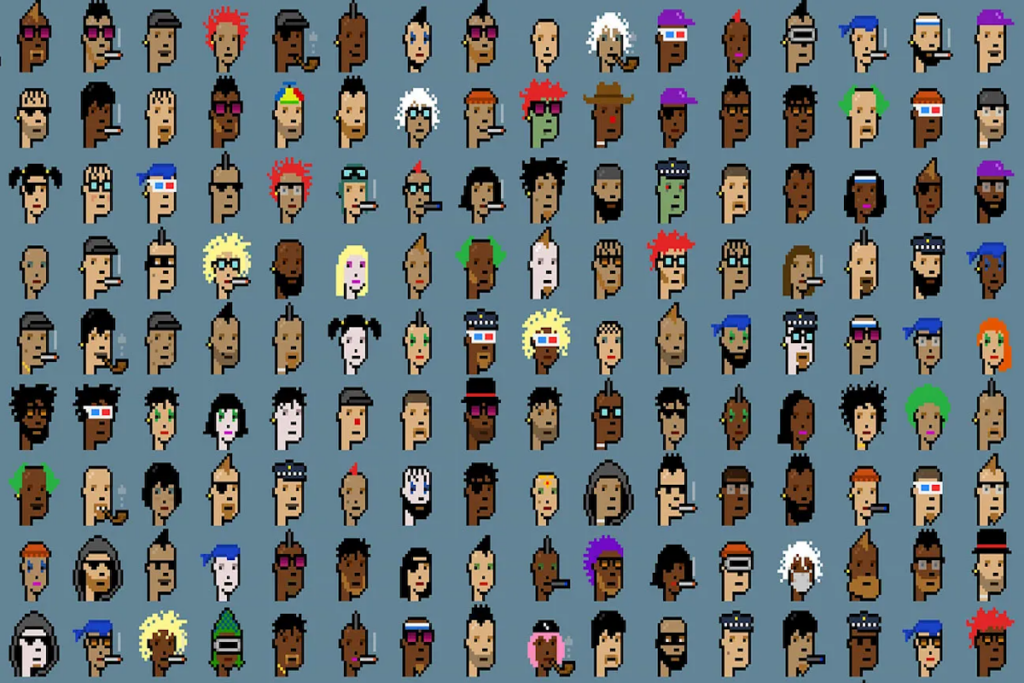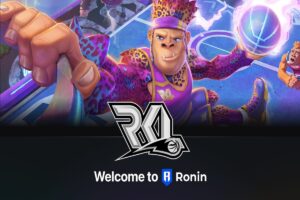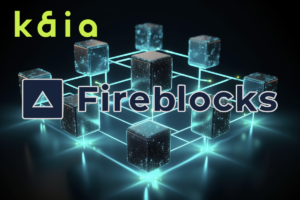The non-fungible token (NFT) market’s rapid growth has transformed how we buy, sell, and trade digital assets. As these marketplaces continue to expand globally, overcoming language barriers that may limit access and hinder diversity has become increasingly important. This article aims to explore the challenges posed by language barriers in NFT marketplaces and the strategies being implemented to overcome them, fostering a more inclusive and global market.
The NFT Marketplace Landscape
NFTs, or non-fungible tokens, are unique digital assets representing ownership of art, collectibles, and virtual real estate. Some major NFT marketplaces include OpenSea, Rarible, Foundation, and SuperRare. These platforms have gained significant traction and demonstrated the NFT market’s vast potential. However, to truly unlock this potential, it is crucial to address the language barriers that hinder participation from diverse creators and buyers.
Language Barriers in the NFT Market
Non-English speakers often face challenges when navigating NFT marketplaces, as many platforms are primarily designed in English. This language barrier not only limits the pool of potential buyers and creators but also hampers the growth and diversity of the market.
Strategies for Breaking Down Language Barriers
A. Multilingual platforms and user interfaces: Developing platforms that support multiple languages can help bridge the language gap and enable more people to engage with NFTs.
B. Automated translation tools: Integrating the best online translation services, such as AI-driven translation tools, can help users access content in their preferred language. This can also facilitate communication between buyers and sellers from different linguistic backgrounds.
C. Localization and cultural adaptation: Tailoring content and resources to suit the cultural and linguistic preferences of users can foster a more inclusive environment.
D. Building global communities and support networks: Online forums, discussion groups, and social media engagement can help create networks of NFT enthusiasts from diverse linguistic backgrounds. Cross-cultural collaborations can also contribute to the exchange of ideas and foster innovation.
E. Education and resources in multiple languages: Providing educational content, such as free essay samples for college students, in various languages can help raise awareness and promote understanding of NFTs among non-English speakers.
Real-world Examples of NFT Marketplaces Overcoming Language Barriers
A. OpenSea has made strides in breaking down language barriers by offering its platform in multiple languages, making it more accessible to users worldwide.
B. Rarible has been successful in engaging with a global community through social media and hosting events, bridging the language gap and encouraging cross-cultural collaboration.
C. Foundation has taken the initiative to create localized content and resources, catering to the needs of users from diverse linguistic backgrounds.
Future Implications and Opportunities
Overcoming language barriers in NFT marketplaces can lead to significant economic benefits, as more people can participate in the market. It can also enhance global collaboration and innovation by connecting creators and buyers from different cultures. Technology will continue to play a crucial role in breaking down language barriers, facilitating a more inclusive and diverse NFT ecosystem.
Conclusion
Addressing language barriers in NFT marketplaces is essential for creating an inclusive and diverse market that can reach its full potential. By prioritizing language inclusivity and implementing strategies such as multilingual platforms, translation tools, and global community-building, industry stakeholders can pave the way for a more accessible and vibrant NFT market.
Author
-

The views and opinions expressed in this guest post are solely those of the author, and do not necessarily reflect the official policy or position of NFT News Today.




